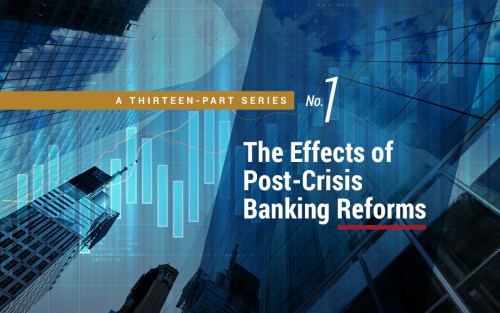The Effects of Post‑Crisis Banking Reforms

The financial crisis of 2007-08 exposed many limitations of the regulatory architecture of the U.S. financial system. In an attempt to mitigate these limitations, there has been a wave of regulatory reforms in the post-crisis period, especially in the banking sector. These include tighter bank capital and liquidity rules; new resolution procedures for failed banks; the creation of a stand-alone consumer protection agency; greater transparency in money market funds; and a move to central clearing of derivatives, among other measures. As these reforms have been finalized and implemented, a healthy debate has emerged in the policy and academic communities over the degree to which they have achieved their intended goals and the extent of any unintended consequences that might have arisen in the process.










 RSS Feed
RSS Feed Follow Liberty Street Economics
Follow Liberty Street Economics